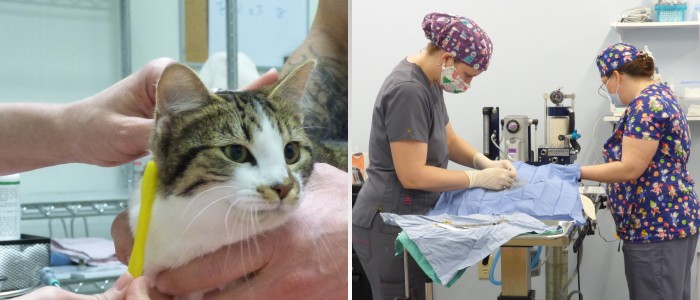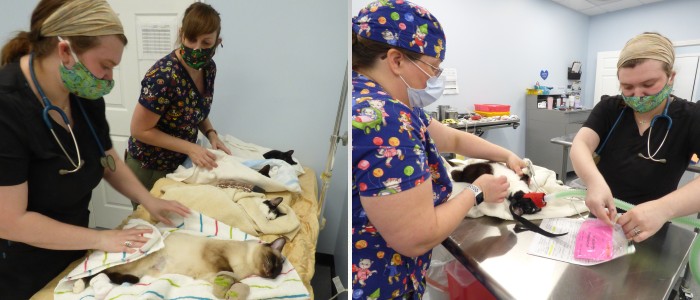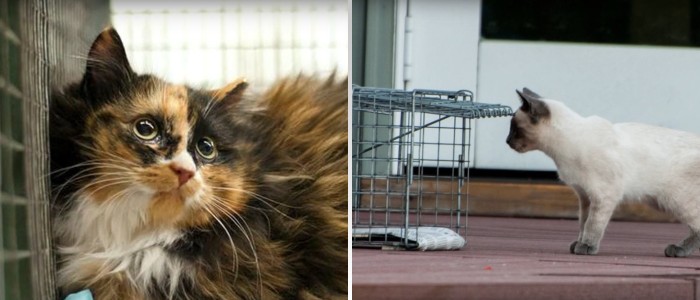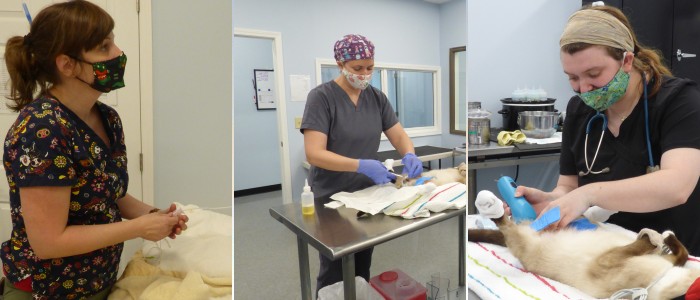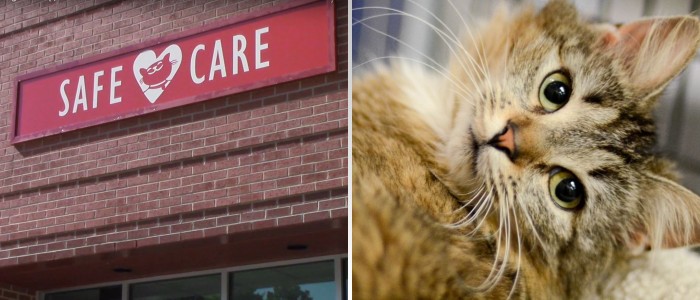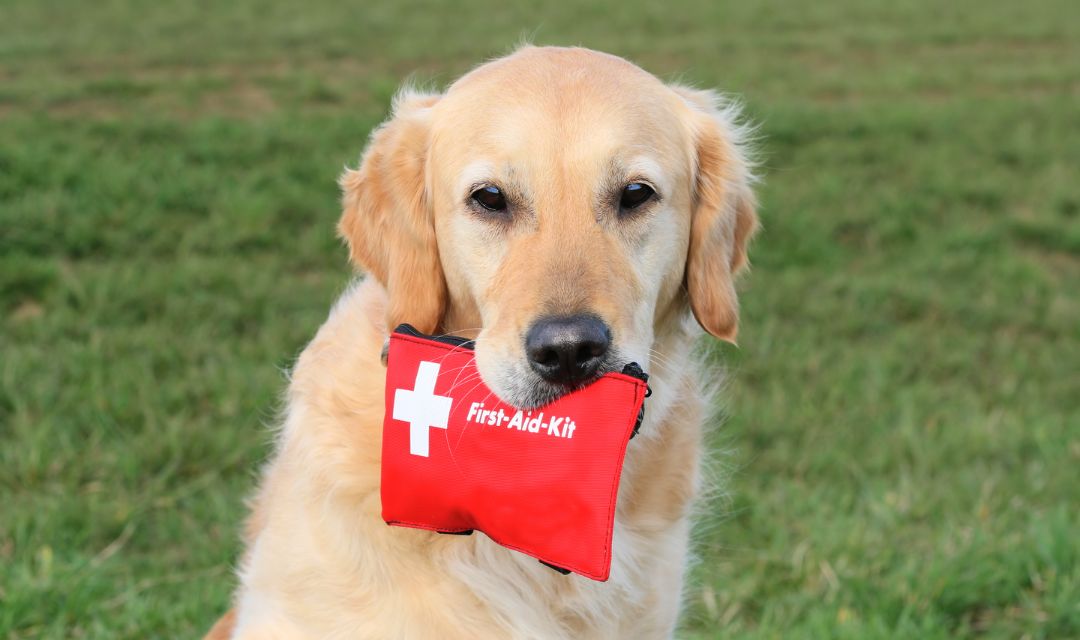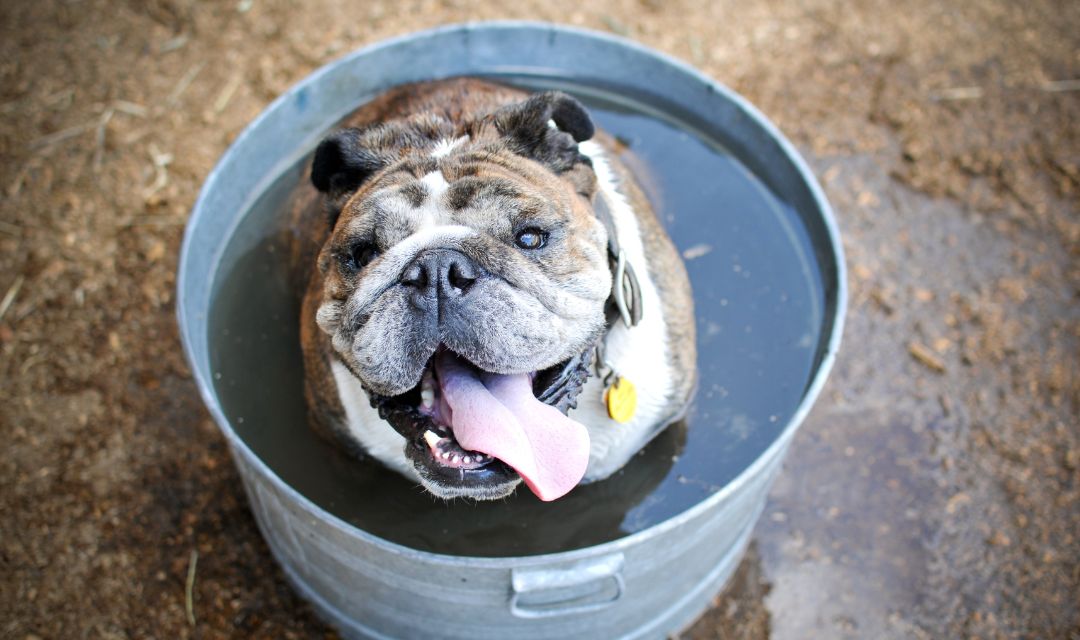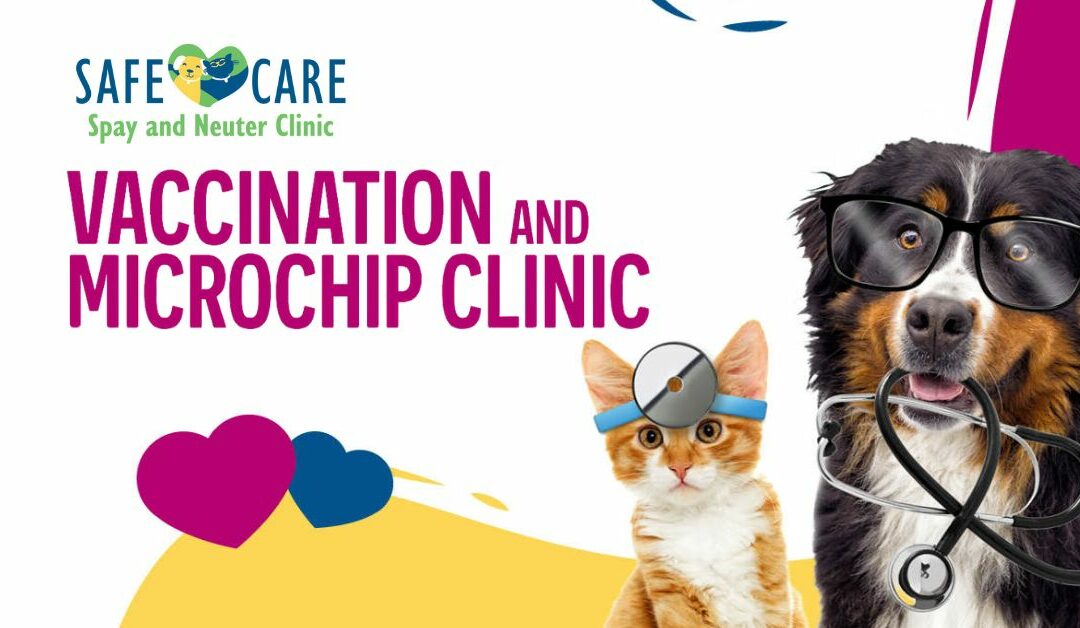
Vaccination and Microchip Clinic – October 2024
ALL SPOTS ARE FILLED FOR THE OCTOBER CLINIC.
When pets are like family, we do everything to keep them healthy and safe. Come get your cat or dog vaccinated and microchipped at our Vaccination & Microchip Clinic on Saturday, October 19, 2024, from 8 a.m. – 1:00 p.m. at SAFE Haven for Cats! Rabies and distemper vaccines are only $5 each and microchips are $15.
Why Vaccinate Against Rabies & Distemper?
Rabies is an easily preventable disease caused by a virus often found in mammals (most commonly raccoons, foxes, and bats). It’s transmitted mainly through saliva via bites or scratches of an infected animal; without immediate treatment after exposure, rabies is nearly always fatal. Distemper is a highly contagious and incurable disease that is spread from animal to animal. Getting your pets vaccinated against these two diseases will keep them healthy and disease-free. Additionally, rabies vaccines are required by law in the state of North Carolina; all owned dogs and cats must be vaccinated by four months of age, and the vaccination must be kept current.
Why Are Microchips So Important
Since you’re considering having your pet vaccinated, why not also think about getting them microchipped? Only about 22% of lost dogs and 2% of lost cats are reunited with their owners, but microchipping increases the chances of reuniting lost pets with their humans to almost 75%! During this simple and quick procedure, a small chip is inserted below the surface of your pet’s skin that allows them to be scanned by animal control and veterinarians if they get lost. Microchips are an important part of pet care because you never know when your pet might decide to go off on an adventure!
Vaccination and Microchip Clinic
Saturday, October 19, 2024
Cats and Dogs: 8:00 a.m. -1:00 p.m.
SAFE Care Clinic | 8411 Garvey Drive | Suite 133B
Registration is required for this event. Each animal must be registered separately. The vaccination registration is only good for October 19, 2024, during the event.
Friendly Cats must be in carriers. Feral cats must come in a trap. Dogs must be on a leash.
Payment will be taken at the event. We accept cash and major credit cards.
PRICE
- Rabies Vaccination: $5
- FVRCP (Cats – Distemper) Vaccination: $5
- DHPP (Dog – Distemper) Vaccination: $5
- Microchip: $15
* The 3-year rabies vaccine is available for animals with a valid and current vaccination certificate. The certificate must be displayed at check-in. Otherwise, the one-year rabies vaccine will be administered. We must have the certificate; the tag is not sufficient proof.
Feral Cats – Cats must be in a trap. We will only be offering 1-year rabies for ferals, no other services are available at this time.
Learn about all the benefits of vaccination and microchipping for your pets.

